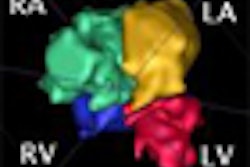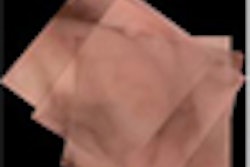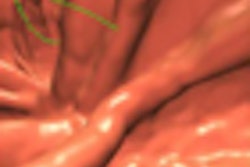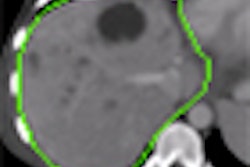Monday, November 30 | 3:40 p.m.-3:50 p.m. | SSE08-05 | Room E353C
This scientific session presentation will share further details on why some radiologists incorrectly dismiss lesions correctly marked by computer-aided detection (CAD) software on virtual colonoscopy (also known as CT colonography or CTC) studies.While CAD has shown it can benefit readers, particularly less-experienced ones, many studies have also determined that the sensitivity of the CAD software working by itself is higher than that of a radiologist working with CAD assistance. This means that radiologists are incorrectly ignoring lesions annotated appropriately by CAD, said co-author Dr. Stuart Taylor of University College Hospital in London.
Seeking to get to the bottom of the problem, the research team collated 111 CAD-detected polyps ≥ 6 mm from three previous studies to investigate radiologist performance with and without CAD. Two experienced observers, blinded to the reader study results, then graded the characteristics of each polyp using predefined criteria.
The researchers found that in CAD-detected polyps ≥ 6 mm, those of smaller size and those coated or submerged by tagged fluid were at increased risk of being missed by the unassisted reader.
"After correct CAD prompting, larger lesions, particularly if irregular, are at greater risk of incorrect dismissal by radiologists," Taylor said. "Studies investigating the benefit of additional highlighting of such lesions by CAD are now indicated."
This paper will be presented by Dr. Charlotte Robinson.




















